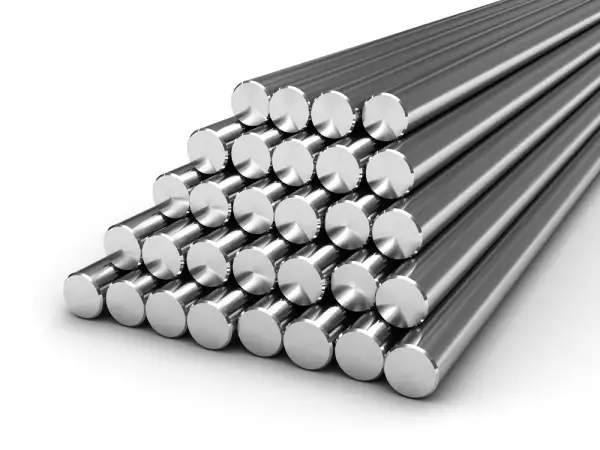When constructing a single-family house in a relatively small area, the problem of grounding often arises. Often, near a house with all modern conveniences, it is simply not possible to find the necessary place to create a grounding device. At the same time, there is soil in the basement into which grounding can be buried.
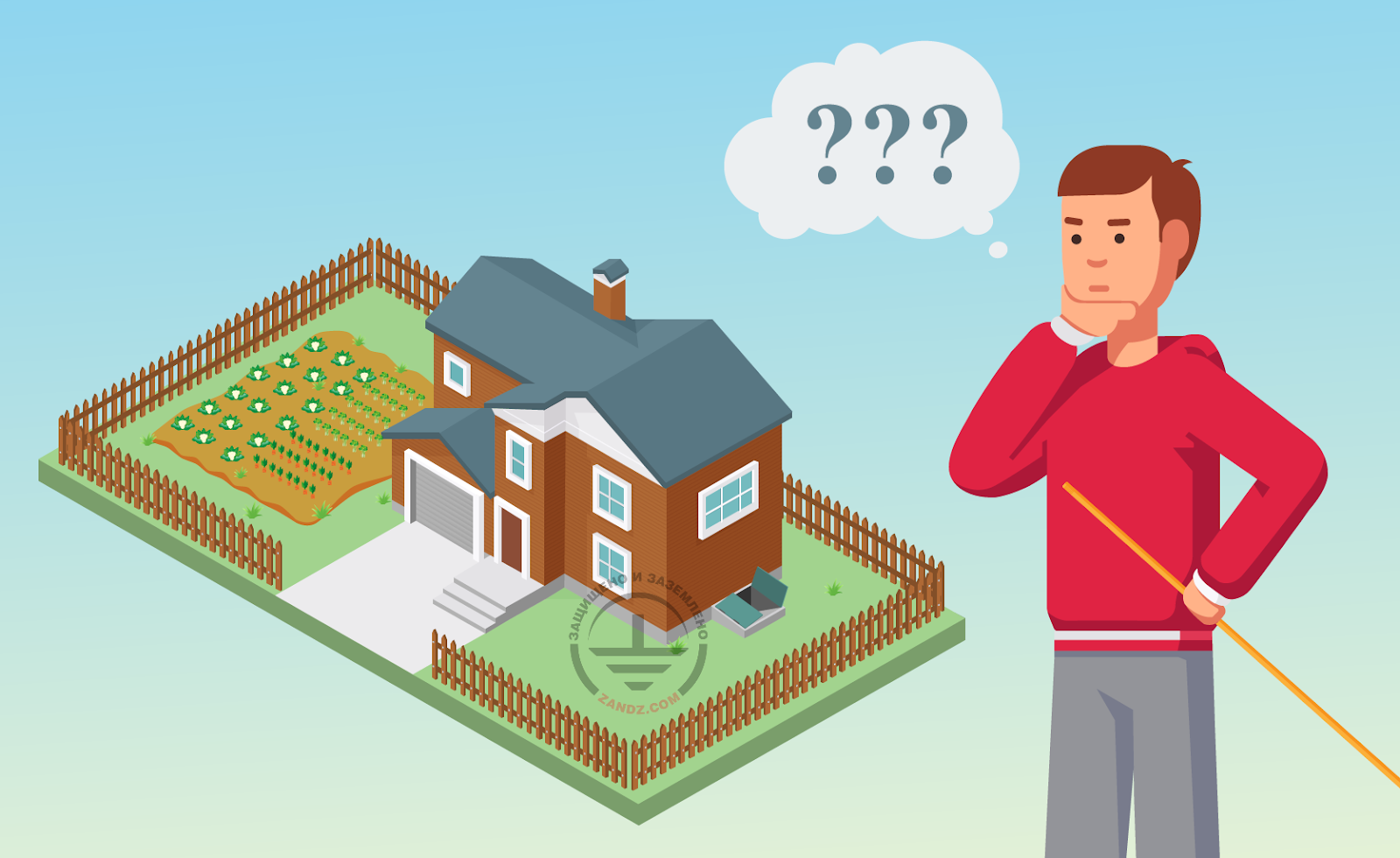
Moreover, the basement is often humid, and the ground there does not freeze. This allows a relatively inexpensive way to ensure reliable grounding all year round, without going deep to the soil layers that do not freeze. In addition, it is easier to install a wire from the basement to the shield located on the ground floor.
In general, at first glance, the placement of grounding in the basement is a good solution on all sides. So good that you begin to doubt - is there a catch here? Is such an arrangement of grounding permissible in terms of current safety standards? And if so, what are the limitations?
The classic version of the grounding arrangement is a circuit around the house formed by grounding pins of a certain length connected to each other. The contour is approximately 1.5 m from the walls of the house.
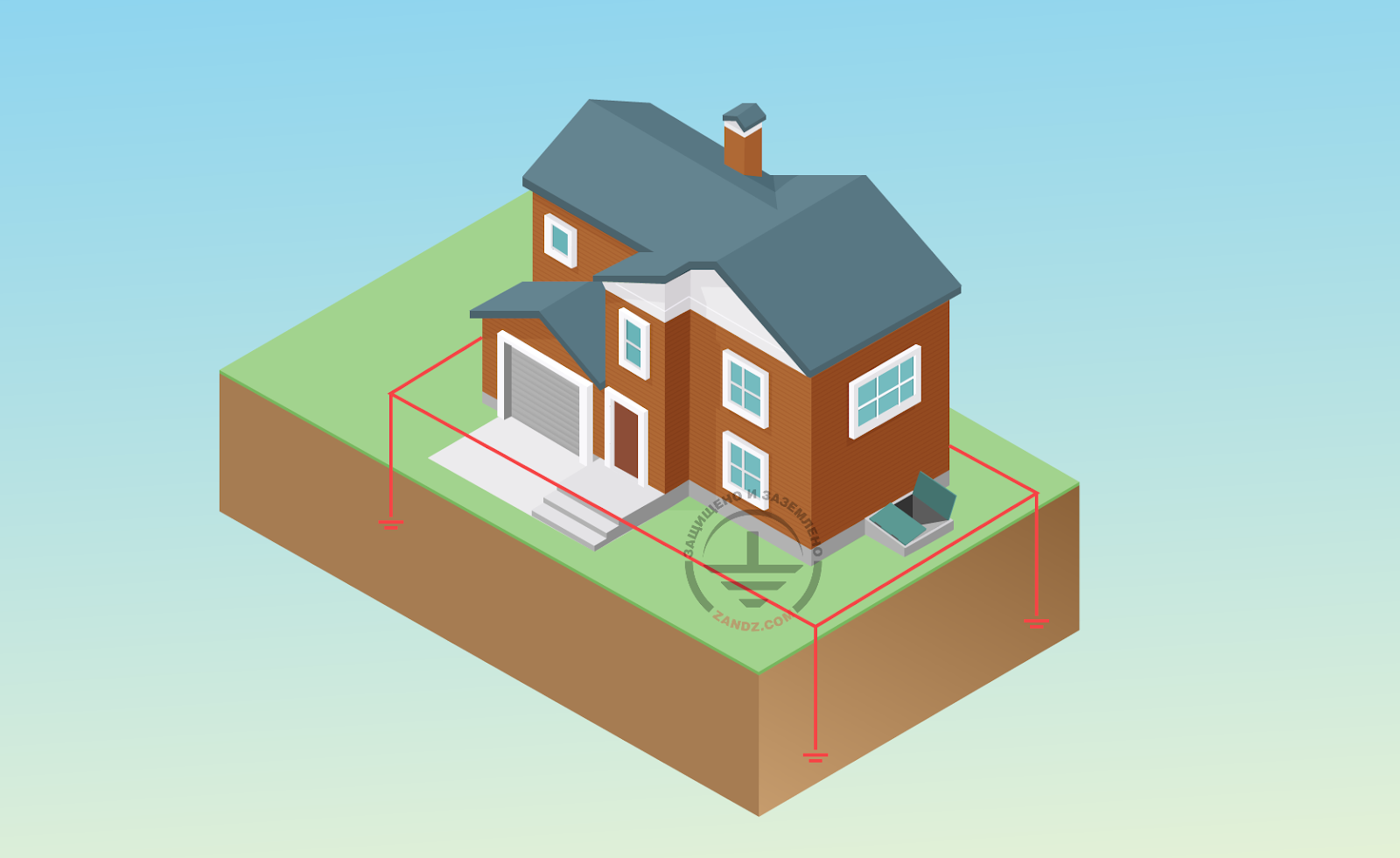
In this case, the grounding of electrical equipment in the house and lightning protection, as a rule, are combined, and this circuit allows this to be done. But the extremely dense development of the suburbs of large megacities forces us to reconsider such an uneconomical option.
What does the Electrical installation code say about grounding in the basement of a single-family house?
The power supply of single-family houses is carried out with a voltage of less than 1000 V AC, a dead grounded neutral is used. For this option, the Electrical installation code does not standardize the distance between the ground loop and the walls. For a single-phase network of 220 V or three-phase network with a linear voltage of 380 V, only the grounding resistance is standardized, it should not exceed 30 Ohms throughout the year (if there are no gas water heating boiler and current sources). You can read more about the required value of the resistance of the grounding device on a special page of our website.
This, in turn, implies the possibility, without violating the rules of the electrical installation code, to place a ground loop inside the perimeter of the building. And this is precisely the placement of grounding in the basement. Such grounding is done when there is no screed in the basement yet. In this case, the basement must be previously completely cleaned of construction waste. An even more convenient way of installation is to lay grounding even at the stage of building construction.

Here, the first disadvantage of grounding in the basement should be noted - the complexity of maintenance. For any repair work you will have to break the concrete. However, if you do not make a concrete screed, and use other methods of covering the floor in the basement, providing its easy disassembly and assembly, then this disadvantage is not significant. Another way to solve the problem is to use modular grounding systems made of corrosion-resistant materials. Such systems are assembled, like a construction set, from prefabricated elements manufactured at the plant, they serve for a long time and, as a rule, do not require maintenance for many years. An example of such grounding is the ZANDZ modular system. Its distinctive feature is the copper coating of steel parts, applied not by a simple chemical method, but by electrolytic deposition. With proper installation, such grounding will last about 100 years. Galmar couplingless rods are also highly reliable. These rods are also made of steel, electrolytically coated with copper, but forging is used in their manufacture. A special stainless steel sleeve is installed at the junction that when the rod is driven into the ground fits tightly on the forged ends of the rods. The result is a reliable connection of grounding elements.
Contradictions with СО 153-34.21.122-2003
The issues of lightning protection of buildings in Russia are regulated by document СО 153-34.21.122-2003 “Instructions for the installation of lightning protection of buildings, structures and industrial communications”. According to this document, the grounding of electrical installations and the grounding of lightning protection of a building must be combined. At the same time, strict requirements are established for grounding the lightning protection system - the grounding loop must be external and be at least 1 m from the walls of the building. This is necessary to avoid the appearance of dangerous step voltage inside the building during a lightning strike.
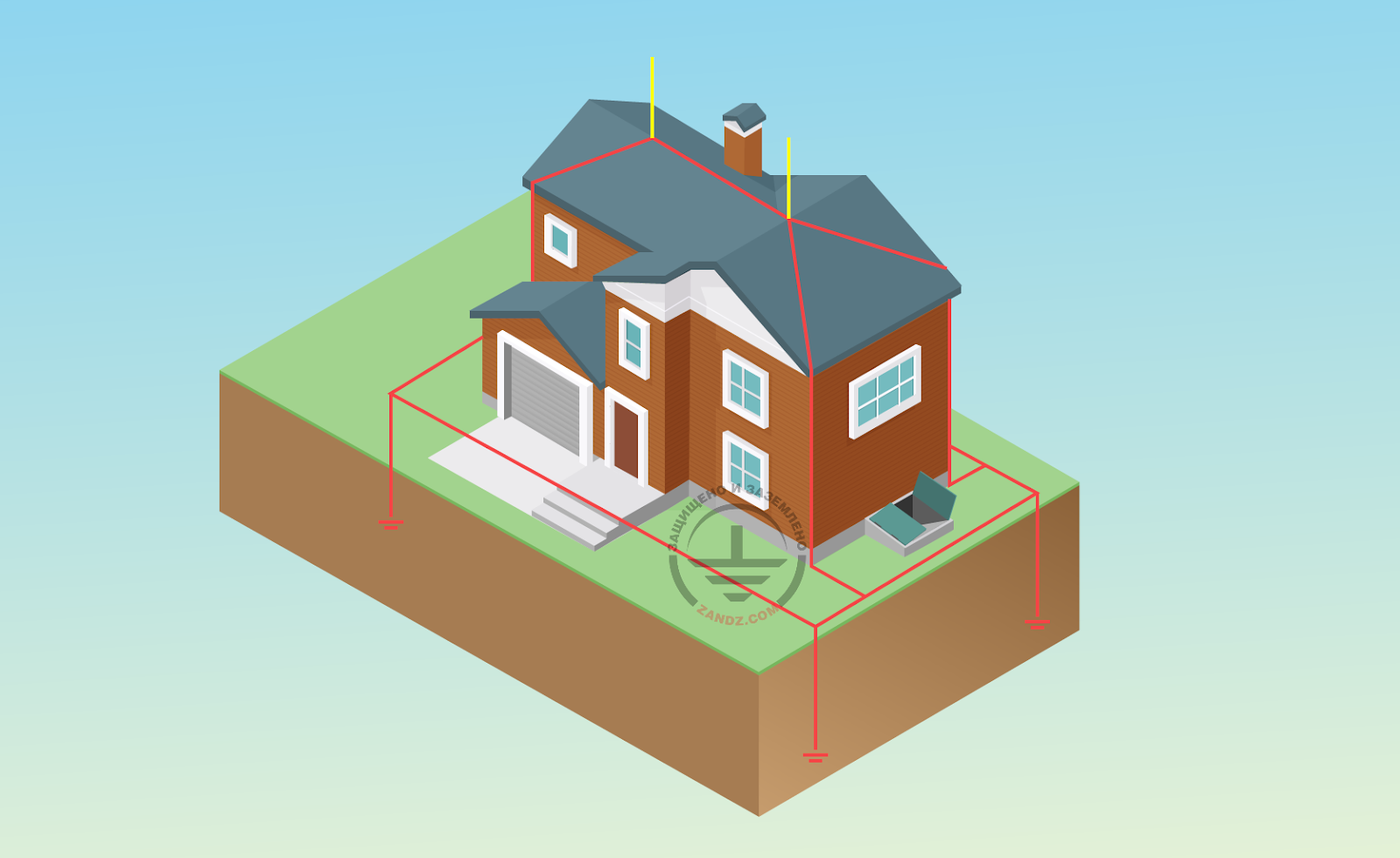
If it is impossible to combine grounding for electrical installations and lightning protection, they must be connected by a potential equalization system. But at the same time, grounding for lightning protection should still be placed outside the building, as required by the instruction. Thus, in addition to grounding in the basement, the grounding around the perimeter also should be done. And this negates the economic benefits of placing grounding in the basement.
But still there is a way to use only grounding in the basement. For a single-family house of small height located in the immediate vicinity of natural lightning rods (such as cell towers, high power lines, etc.), a personal lightning rod may not be required, and, accordingly, grounding installed in the basement can be used for electrical installations. Of course, for large mansions this approach is unacceptable, but with respect to them it is not needed - the construction budget there is completely different and it is irrational to save on grounding.
It is important to remember that the question requires lightning protection or not, only calculations can answer, it is impossible to assess the need for protection against lightning approximately.
Results
Grounding, installed in the basement of a single-family house, is a technical solution that is much cheaper in construction than the ground loop taken out of the perimeter of the house. Such a solution will be safe and acceptable by standards only if the building does not have its own lightning protection system.
Related Articles:
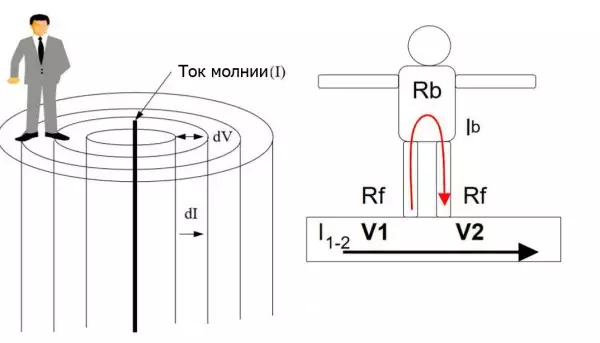 Step Voltage: Dangerous Obscurity and Reliable Protection
Step Voltage: Dangerous Obscurity and Reliable Protection
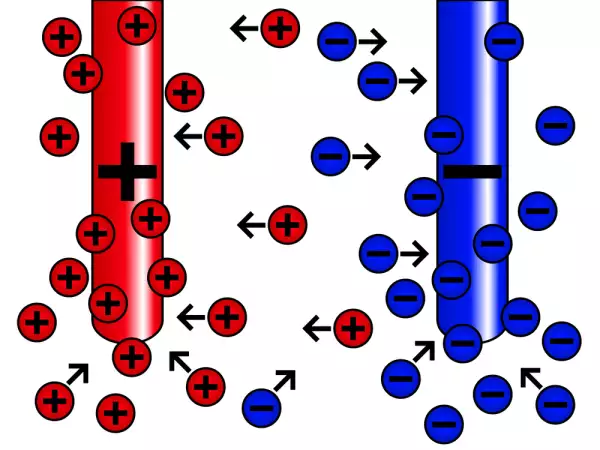 Nature of Electrochemical Corrosion
Nature of Electrochemical Corrosion
 Public Safety in Land Transport in case of Direct Lightning Strike
Public Safety in Land Transport in case of Direct Lightning Strike
